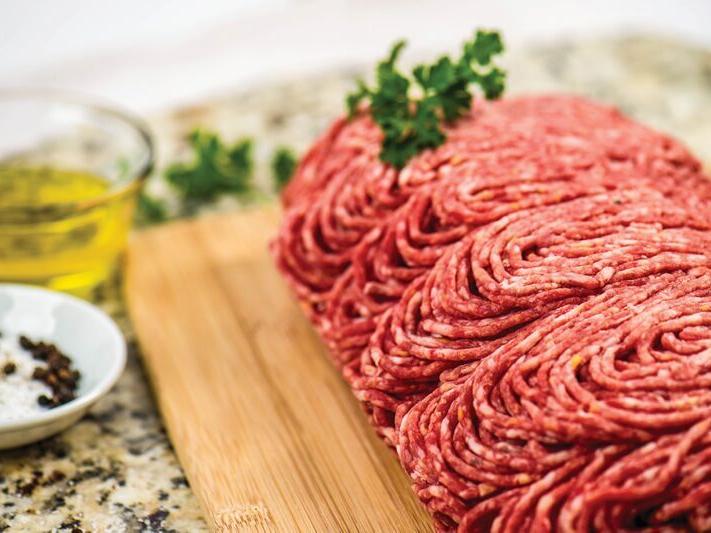The Energy Innovation and Carbon Dividend Act is in Congress and is ready to pass. Monthly carbon dividend checks are ready to be sent out to the American people. Our carbon emissions are poised to decrease by 40% in 12 years. We’re potentially weeks away from embarking on the first big step of our climate solution journey. So what’s the hold up? I think people are worried about how their lives will have to change once we fully start solving climate change, especially because eating less beef is usually listed as one of the top things we need to do to address climate change.
Telling people what they can and can’t eat is one of those “third rail” kinds of issues: Touch it, and you’ll get electrocuted. Food is deeply cultural and religious. It’s tied to family recipes, family holidays, national holidays, personal comfort, stress relief and just plain enjoying life. When we say “eat less beef” (and “the less you eat the better”), we’re telling people they have to change some of their most deeply held cultural traditions. I think this has already delayed action on climate change.
Fortunately, it turns out, it’s not the cow, it’s the how. Researchers from Michigan State University and the Union of Concerned Scientists have found that cattle raised entirely in a holistic, rotationally grazed method that mimics their natural grazing pattern has multiple benefits for the ecosystem, and, astoundingly, is carbon negative. Their five-year study, published in 2018, found that 100% grass-fed beef sequesters 1.44 metric tons per acre in the short-term, and is carbon-neutral in the long-term.
Another study, conducted by research firm Quantis in 2019, found that a 3,200-acre farm in Georgia also was able to produce carbon-neutral beef (this study was funded by General Mills, but an academic researcher has decided to prepare it for review by an academic journal).
These findings are consistent with the dramatic improvements in soil organic matter that grass-fed beef pioneers Gabe Brown and Joel Salatin have been seeing for decades. Brown has reported that his soils have 96 tons of carbon per acre in the top 48 inches compared with 10 to 30 tons of carbon per acre on conventionally farmed soils in the same region.
The diet that a cow consumes also greatly affects the nutritional content of its meat. Dr. Mark Hyman, director of the Cleveland Clinic’s Center for Functional Medicine, says “grass-fed meat is so nutritionally superior to factory-farmed meat that it is practically a different food.” Researchers have found that grass-fed beef has a healthier balance of fatty acids than grain-fed beef and higher levels of omega 3s and conjugated linoleic acid than grain-fed beef. Grass-fed beef also has a higher level of carotenoids, which makes the fat appear yellow and indicates more antioxidants and nutrients.
Grass-fed beef is expensive, but as it becomes more popular, its price will fall. Future climate legislation could subsidize grass-fed beef instead of grain-fed beef to further improve its affordability, too.
If you’re concerned about the climate, you can incorporate this information into your conversations around climate with others. You can buy grass-fed beef from your local grocery store, or better yet, your local grass-fed beef producer (I buy grass-fed beef for my family from Cedar Rapids-based Wallace Farms, at WallaceFarms.com). If you’re a farmer, consider adding grass-fed beef as one of the income streams for your farm (Practical Farmers of Iowa can advise you on incorporating grass-fed beef into your operation).
If we embrace carbon-neutral grass-fed beef as a climate solution, I believe we’ll quickly see a surge in support for climate action, and it will become apparent to U.S. Sens. Chuck Grassley and Joni Ernst that it’s time to take the first step on our climate journey.
Eric Johnson is a volunteer with Citizens' Climate Lobby and works as web developer in rural Johnson County.
Read or Share this story: https://ift.tt/3ge617n
August 19, 2020 at 07:30PM
https://ift.tt/3ge617n
Embrace carbon-neutral grass-fed beef as a first step in our climate journey - Iowa City Press-Citizen
https://ift.tt/2RxTDX4
Beef

No comments:
Post a Comment